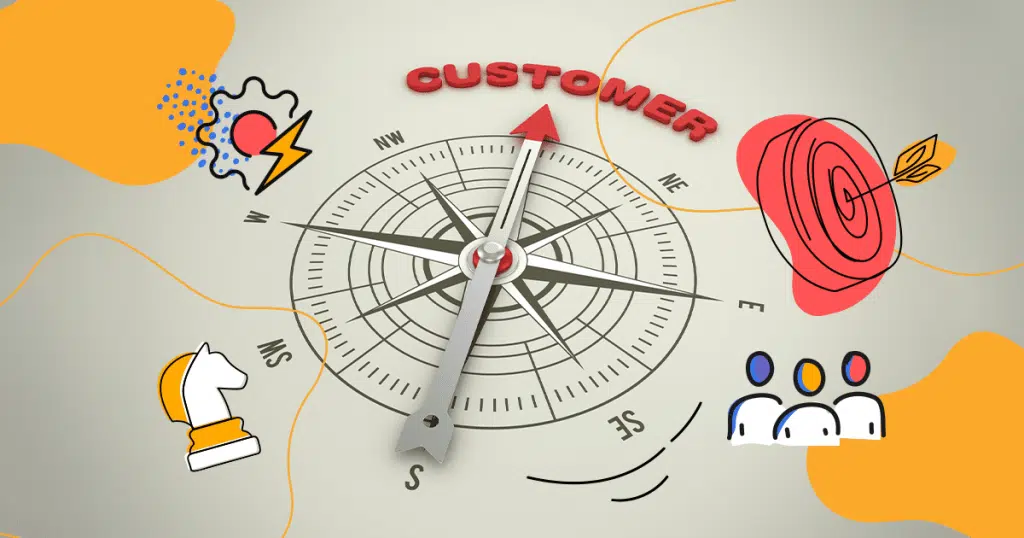
Putting Customers First: The Essence of Customer Orientation
In the dynamic realm of business, one principle reigns supreme: customer orientation. At its core, customer orientation embodies the philosophy of placing customers at the forefront of every business decision and action. It’s not merely about selling products or services; it’s about understanding, anticipating, and exceeding customer expectations at every touchpoint. Let’s delve into the essence of customer orientation and its significance in today’s business landscape.
Understanding Customer Orientation
Customer orientation transcends transactional relationships to foster long-term connections built on trust, empathy, and value. It involves a holistic approach to business, where every aspect, from product development to marketing strategies, is designed with the customer in mind. Rather than dictating what customers should want, customer-oriented companies listen intently to their needs, preferences, and feedback, shaping their offerings accordingly.
Key Principles of Customer Orientation
- Customer-Centric Culture: Customer orientation begins with a culture that prioritizes customer satisfaction above all else. It’s about instilling a mindset across the organization that views every interaction as an opportunity to delight customers and build lasting relationships.
- Market Intelligence: To effectively cater to customer needs, businesses must invest in gathering and analyzing market intelligence. This involves understanding market trends, competitor strategies, and customer insights to identify opportunities for innovation and improvement.
- Personalization: In an era of customization and personalization, generic one-size-fits-all approaches no longer suffice. Customer-oriented companies tailor their offerings to individual preferences, delivering personalized experiences that resonate on a deeper level.
- Continuous Improvement: Customer orientation is a journey of continuous improvement, where feedback loops drive iterative enhancements. By actively soliciting and acting upon customer feedback, businesses can refine their offerings, processes, and customer experiences over time.
Benefits of Customer Orientation
- Enhanced Customer Loyalty: By consistently delivering value and exceeding expectations, customer-oriented companies cultivate strong brand loyalty. Satisfied customers are more likely to become repeat buyers and advocates, driving sustainable growth.
- Competitive Advantage: In a crowded marketplace, customer orientation sets businesses apart by offering unique value propositions that resonate with target audiences. By understanding and addressing unmet needs, companies can carve out their niche and outperform competitors.
- Increased Profitability: Happy customers are not only loyal but also willing to pay premium prices for superior products and services. Customer-oriented businesses can command higher margins and drive profitability through increased customer lifetime value.
Embracing Customer Orientation
Embracing customer orientation requires a shift in mindset from inward-focused to outward-focused, from product-centric to customer-centric. It’s about fostering a deep understanding of who your customers are, what they value, and how you can best serve them. From product design and marketing campaigns to customer service and post-purchase support, every interaction is an opportunity to demonstrate your commitment to putting customers first.
In conclusion, customer orientation is more than just a business strategy; it’s a guiding philosophy that shapes organizational culture and drives success in today’s customer-centric world. By prioritizing customer satisfaction, businesses can build stronger relationships, drive growth, and thrive in an increasingly competitive landscape. So, remember, in the journey of business success, always put your customers first, and the rest will follow suit.












